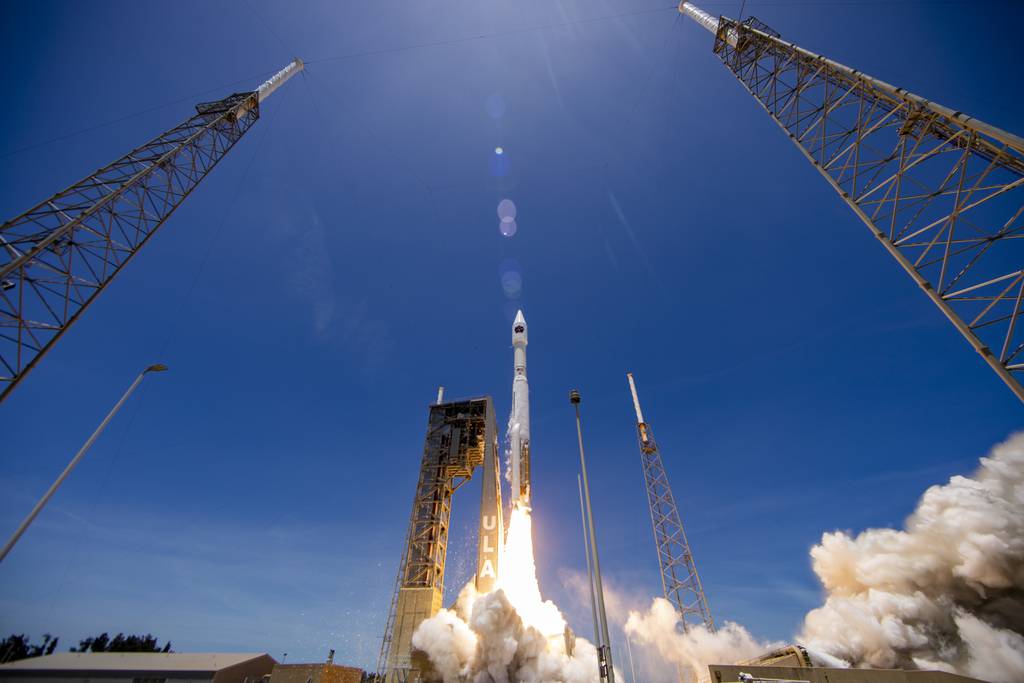WASHINGTON — One of the U.S. Space Force’s next-generation missile warning sensor payloads just met a key testing milestone.
The Raytheon Technologies-developed sensor, which will fly on at least one of the first three Next-Generation Overhead Persistent Infrared geostationary satellites, completed thermal vacuum testing in late January, according to the company.
The tests are meant to validate the system’s performance in conditions similar to those it might experience on orbit.
“Space is a dynamic environment. Ensuring our instruments are prepared for challenges is paramount to our success,†Raytheon’s President of Space and Command and Control for Raytheon Intelligence and Space Kristin Robertson said in a press release Wednesday.
Data from the tests will support future program milestones, including flight hardware manufacturing and payload delivery. It can also be fed into a simulation environment where the engineering team uses it for feedback into the design’s performance and to demonstrate various functions, including launch and post-production support.
“This type of agile development can offer rapid and iterative design insights while modeling evolutionary payload upgrade capabilities to meet future threats and mission requirements,†the press release notes.
Next-Generation OPIR will replace the Space Force’s current missile-warning constellation, the Space-Based Infrared System. The program’s first phase, Block 0, includes three GEO satellites, developed by Lockheed Martin, and two Northrop Grumman-designed polar satellites. The first GEO space vehicle is scheduled to launch in 2025.
For the GEO-based portion of the program, both Raytheon and a Northrop and Ball Aerospace team are developing sensor payloads. Each company’s sensors will fly on at least one satellite and Lockheed will choose one of the payloads to integrate on the third GEO satellite.
The Ball-Northrop team announced in December it had completed a slate of environmental tests, including thermal vacuum, for its engineering development unit and said it’s on track to deliver the flight payload in 2023.
Both teams’ sensors passed critical design review this summer along with Lockheed’s satellite design. The program completed a full system CDR, including the satellite and the ground segment, in late October.
Courtney Albon is C4ISRNET’s space and emerging technology reporter. She has covered the U.S. military since 2012, with a focus on the Air Force and Space Force. She has reported on some of the Defense Department’s most significant acquisition, budget and policy challenges.








